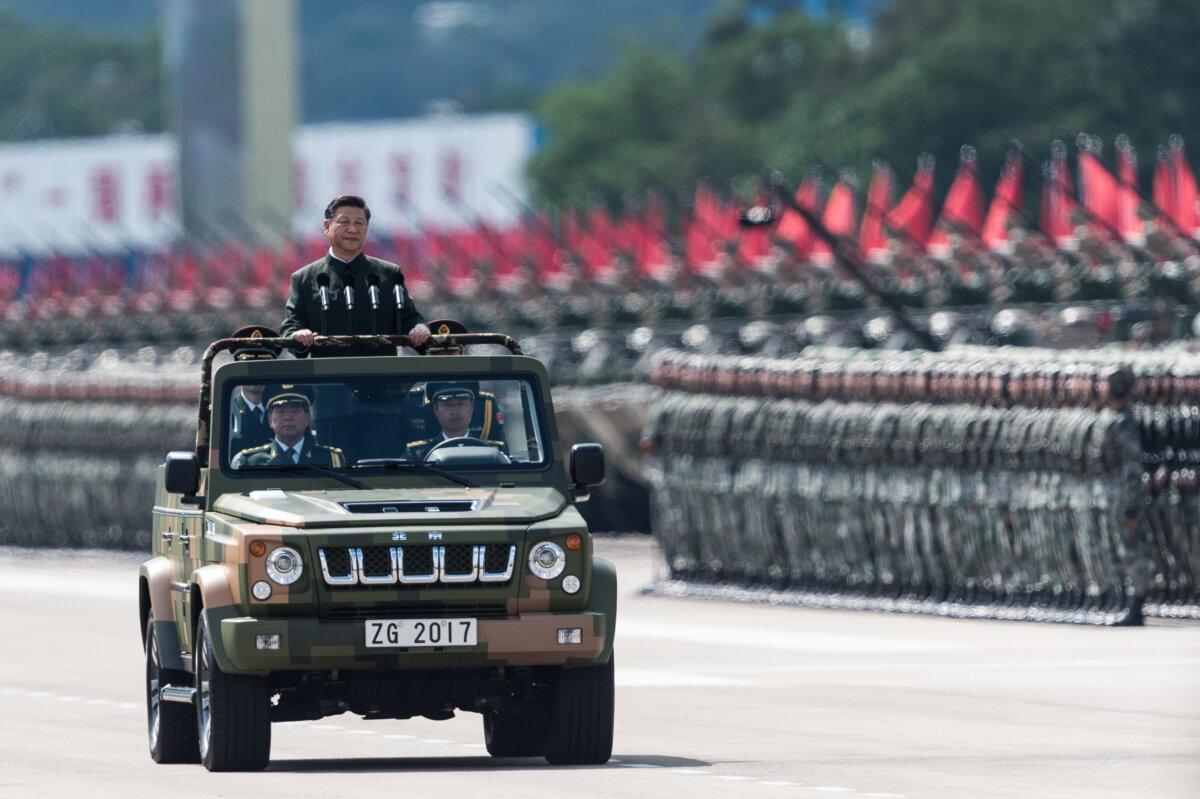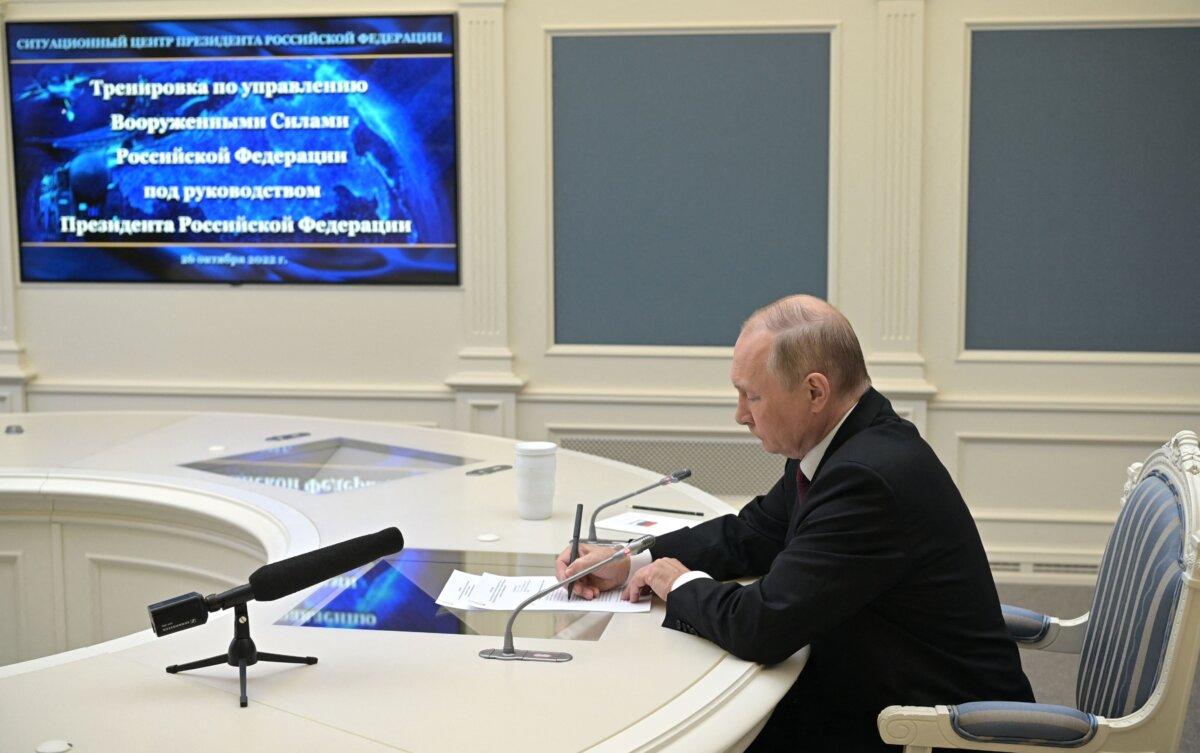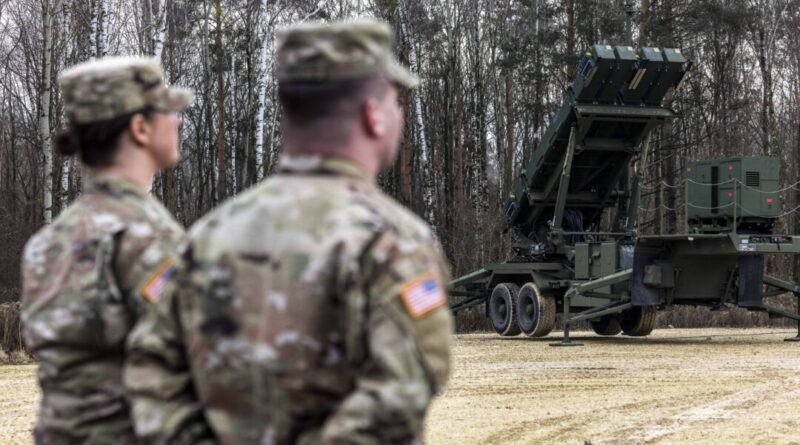Experts Warn of Growing Security Risks as America Remains Unprepared for War
Defense professionals emphasize the immediate threats to U.S. national security.
The United States is facing challenges in preparing for a major war as new technologies, increased access to advanced weaponry by hostile actors, and heightened geopolitical tensions pose growing threats, according to defense analysts and insiders.
Security experts criticize America’s current national defense strategy, dating back to 2022, as outdated and warn that the country is ill-equipped to handle a direct conflict with nations like China and Russia, which possess strong security forces.
The report also mentions the growing alliances between China, Russia, Iran, and North Korea as potential factors that could escalate any conflict and potentially involve the United States in a multitheater or global war.
Concerningly, the report notes that the U.S. military planning does not adequately address such a large-scale conflict.
The GAO’s website points out that nearly two decades of continuous conflict have diminished the preparedness of America’s armed forces.
Challenges include equipment modernization, maintenance, adequate funding, and fatigue among service members.
These challenges stem from the rapid advancement of warfare technology, such as artificial intelligence, and the strategic threat posed by China.
The report highlights China’s efforts to build a modern military capable of surpassing the United States regionally and globally in joint, multidomain warfare.
Within the U.S. military, there’s a recognition of Russia’s potential to spark a conflict involving large-scale combat, in addition to the current war in Ukraine.
China’s Buildup
In a 2024 report, the Center for Strategic and International Studies (CSIS) notes China’s significant investments in munitions and advanced warfare technology at a rate five to six times faster than the United States.
Additionally, Beijing possesses a shipbuilding capacity estimated to be 230 times larger than that of the United States.
Of particular concern are the escalating military tensions in the Indo-Pacific region, especially in the Taiwan Strait and the Korean Peninsula.
The CSIS analysis points out that the United States lacks the capability, agility, flexibility, and surge capacity needed to meet the production demands of its military as China continues to expand its defense industrial production.
Without necessary changes, the report warns that America’s ability to defend against countries like China will be compromised.
Enemy Within
Some defense experts caution against ignoring the presence of hostile forces within the United States.

China’s leader Xi Jinping inspects People’s Liberation Army soldiers at a barracks in Hong Kong on June 30, 2017. Dale de la Rey/AFP via Getty Images
Anthony Mele, president of AMI Global Security, points out that current defense challenges in the U.S. are a direct result of existing policies.
He highlights a more lenient approach to illegal immigration as creating an “enemy within,” offering criminal organizations and adversarial nations a pool of sympathizers to recruit from.
Mele illustrates the potential dangers by questioning the impact of 19,000 military-aged illegal immigrants residing in the country and the ease with which they could be mobilized for nefarious activities.
Nuclear Threat
In June, United Nations Secretary-General António Guterres expressed concerns about the escalating risk of a nuclear conflict.
Guterres emphasized the heightened danger of nuclear weapon use, reaching levels not seen since the Cold War, with states engaging in a dangerous arms race.
Technological advancements like artificial intelligence and nuclear blackmail further exacerbate the risk of nuclear catastrophe, according to Guterres.
Mele stresses the importance of revising U.S. foreign policy to avoid direct conflicts, especially those involving nuclear-armed nations.
Following this event, Russian President Vladimir Putin revised the country’s nuclear doctrine to allow faster access to nuclear weapons in response to NATO threats.
The escalating situation between Russia and Ukraine serves as a potential catalyst for a larger conflict, according to Mele.

Russian President Vladimir Putin oversees the training of the strategic deterrence forces, troops responsible for responding to threats of nuclear war, via a video link in Moscow on Oct. 26, 2022. Alexei Babushkin/Sputnik/AFP via Getty Images
Mele likens this situation to provoking a hostile response, with potential consequences far beyond the initial conflict.
He emphasizes the need for improved foreign diplomacy to avoid catastrophic outcomes, particularly when dealing with nuclear-armed adversaries.
Non-State Threats
Experts also note the increasing access of non-state actors to sophisticated weaponry on par with those of nations.
The expansion of criminal groups like terrorist organizations and cartels into traditional warfare poses a significant challenge, as noted by Evan Ellis, an analyst for the U.S. Army War College.
These groups, with substantial financial resources, can access warfighting technologies, and there are concerns about their potential ability to develop nuclear weapons.
Mele characterizes U.S. security threats as concentric rings, with internal threats being the most imminent.
He explains how certain outer rings of threats are rapidly approaching due to their intentions and capabilities, presenting a serious concern for national security.
Ellis highlights the distinction between criminal groups and hostile nations regarding the use of nuclear weapons, emphasizing that countries have more at stake due to their populations and economies.
While terrorists may seek to use nuclear weapons as a means of creating fear and chaos, they lack the same level of accountability and restraint as nations.
Ellis warns against the misconception that the fear of retaliation alone will prevent the use of nuclear weapons, especially when dealing with extremist groups intent on destabilizing world order.

Supporters of Yemen’s Huthis gather with pictures of Hamas’ slain leader Yahya Sinwar in Sanaa in protest against Israel’s attacks on Lebanon. Mohammed Huwais/AFP via Getty Images
He underscores the growing accessibility of nuclear materials to a wider range of malicious actors, likening the situation to an inevitable and increasingly likely scenario.





